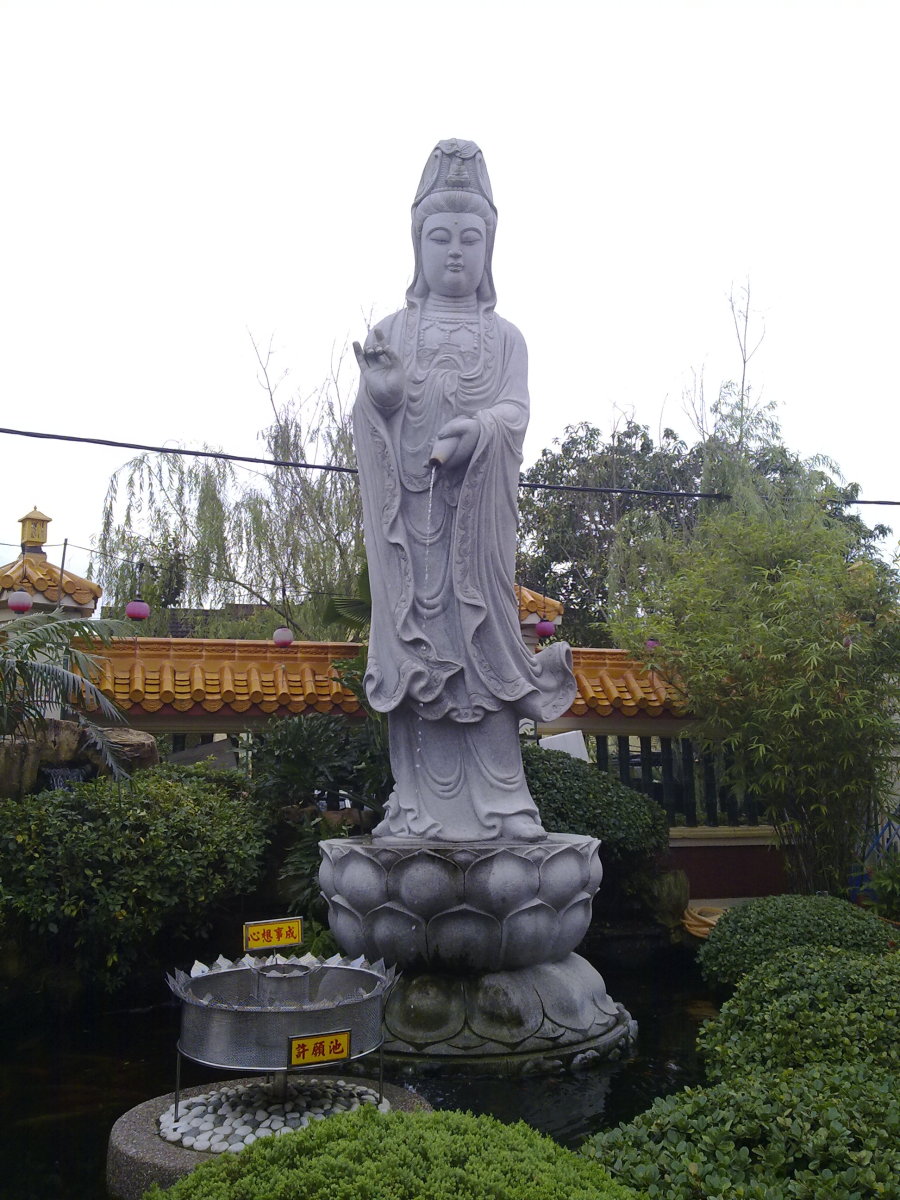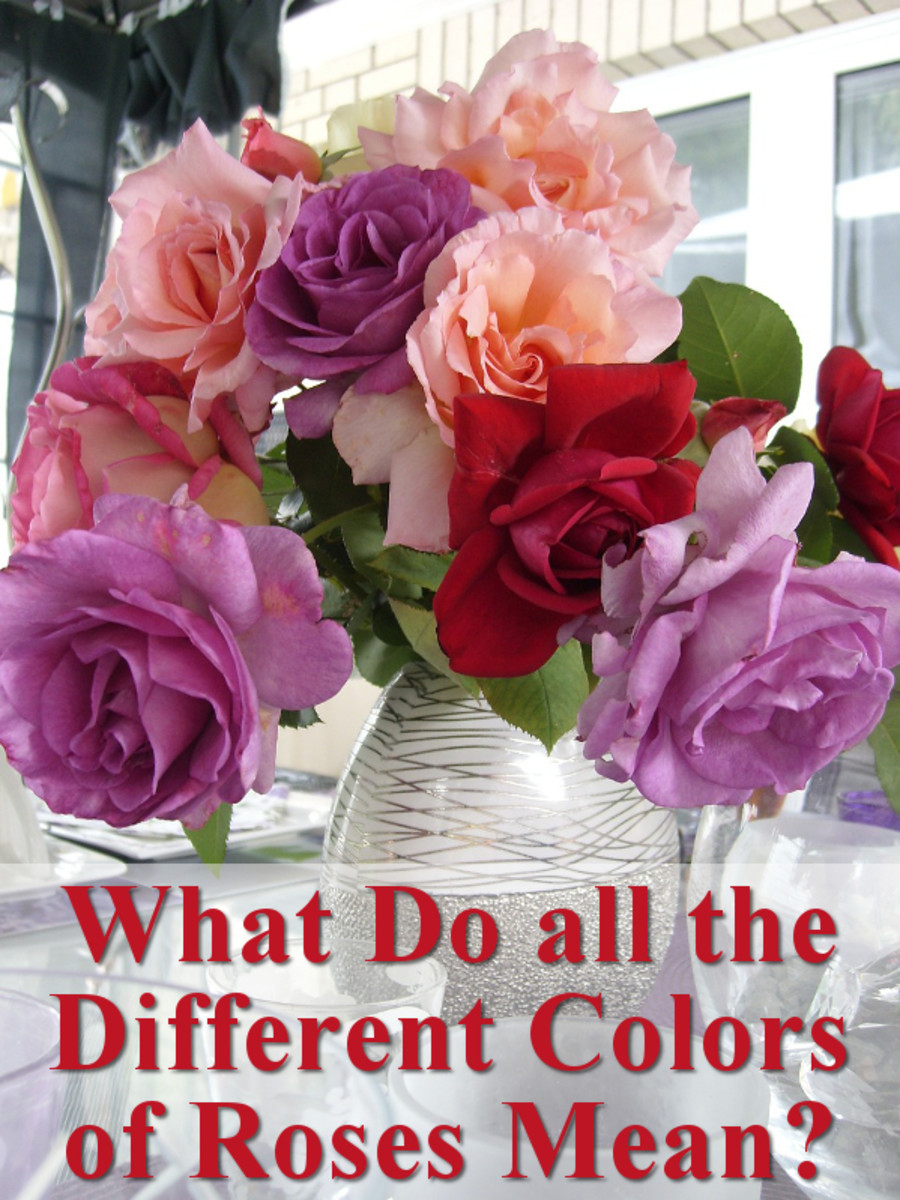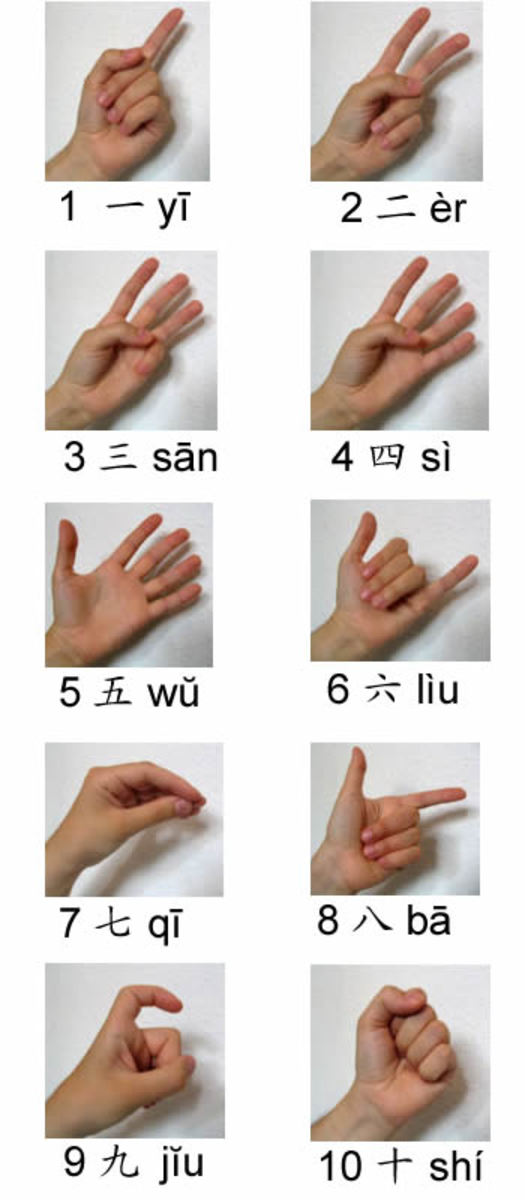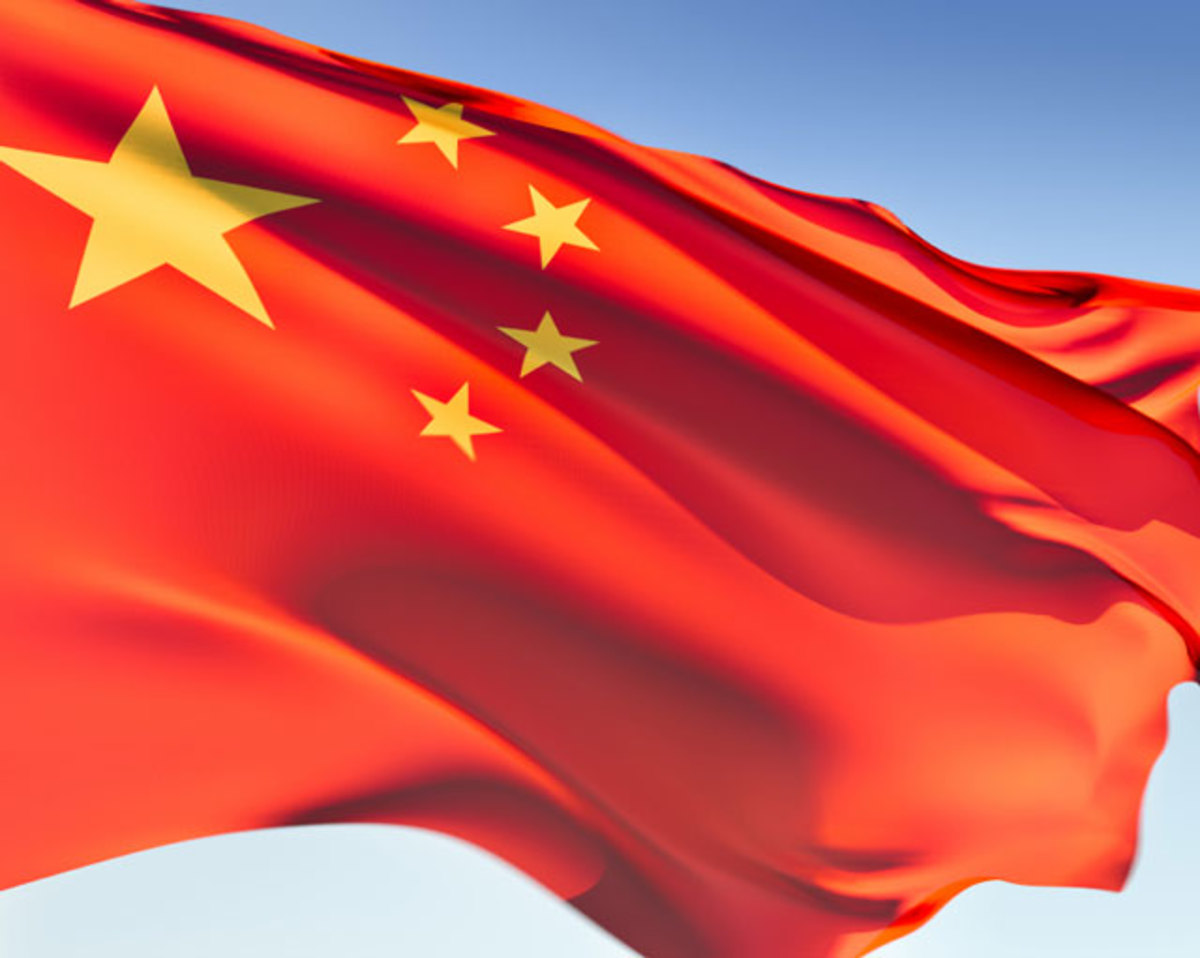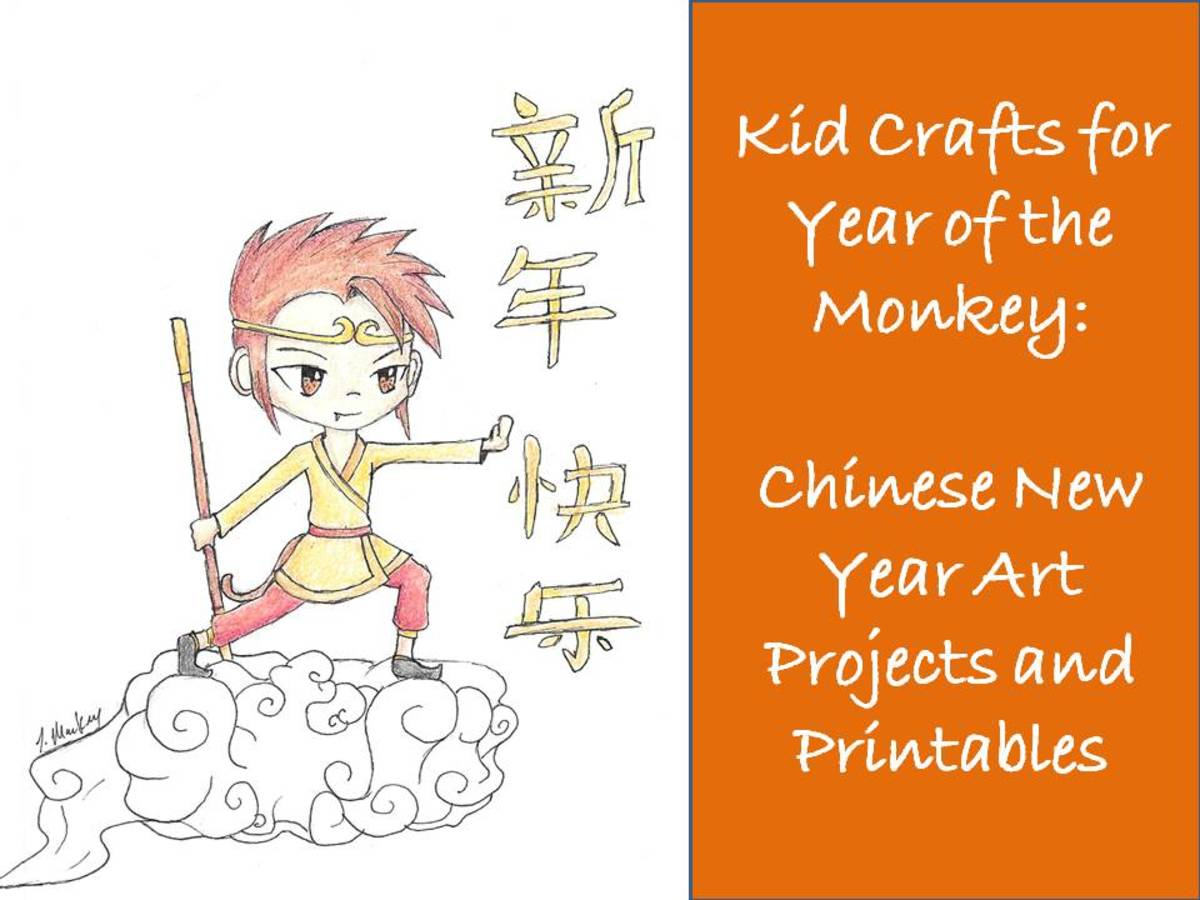- HubPages»
- Holidays and Celebrations»
- Asia Holidays»
- Chinese Holidays
Chinese New Year – Flowers and Fruit
As the Holiday Begins, Homes Blossom with Flowers
As the Chinese New Year begins, homes blossom with traditional flowers and fruits. In addition to the decorative and festive effect, the fruits and flowers convey a rich and symbolic message. Each one has a long tradition of being a part of the Chinese New Year celebration.
In the days and weeks leading up to the start of the New Year, homes are cleaned from top to bottom and no corner or crevice is left un-swept. The rooms are then decorated with vases of flowers and live plants. Fresh and candied fruits are also laid out in the home.
All of these play a part in the celebration and all have a special meaning and tradition behind them.
Live, blooming flowers symbolize the rebirth that will take place with the coming spring and fruit blossoms symbolize the start of the cycle that will result in a new crop of fruit later in the year. Fruits and flowers in the home are believed to bring good luck and good fortune to the home in the coming year. Flower markets do a booming business in the days leading up to the New Year.
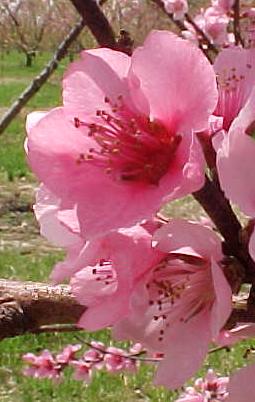
Certain Flowers and Fruits have Special Meanings
In addition to their beauty and taste, certain flowers and fruits have special meanings for this time of year.
Peach blossoms symbolize growth, prosperity, long life and romance. Because they are associated with romance, peach blossoms are popular with single people who decorate with them in hopes of finding love in the coming year.
Plum blossoms are another popular flower as they symbolize perseverance and reliability, two traits needed for success in life.
Another popular flower that is rich in holiday symbolism is the peony. Known as the Flower of Riches and Honor by the Chinese, the peony is a symbol of feminine beauty as well as of love and affection. Since the color red is associated with good luck, red peonies are very popular as people decorate their homes with them in hopes of bringing luck and good fortune to the home in the coming year.
Water lilies, pussy willows, azaleas and narcissus are also popular flowers for decorating homes at this time of year.
Fruits are Another Popular Decoration
In addition to flowers, fruits are another popular decoration. Like flowers, fruits are rich in seasonal symbolism as well.
Oranges and tangerines are very popular as decorations. Among other things,these two fruits symbolize abundant happiness. When visiting family or friends during the New Year's season it is customary to bring a gift of a bag containing oranges and tangerines.
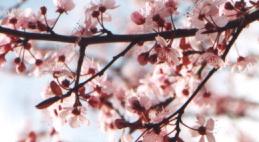
Tangerines with leaves still attached are especially popular as a gift of tangerines with leaves attached symbolize that the relationship between the giver and receiver of a gift of tangerines is secure. For newlyweds, a gift of tangerines with leaves still attached symbolize the uniting of the couple into a family that will be blessed with many children.
Kumquats are another popular fruit largely because their name in Chinese, Kam Gat Shu, sounds like the Chinese words for gold and luck.
In addition to laying out trays of fresh fruits, especially oranges and tangerines, for guests who visit, custom also dictates that candied fruits and nuts be laid out as well. In addition to being tasty, these are also rich in symbolism and express hope for good fortune in the coming y
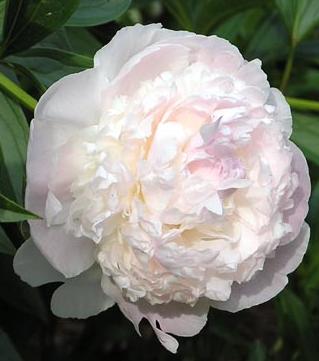
Popular candied fruits and nuts include:
- Melon seed which has been dyed red to symbolize truth, joy, happiness and sincerity.
- Lychee nuts which symbolize strong family relationships in the coming year.
- Coconuts which represent togetherness.
- Candied melon symbolizing good health and growth.
- Peanuts for long life
- Lotus seed which represents a hope for many children.
Rich symbolism, beauty and tasty treats are the contribution that flowers and fruits bring to the Chinese New Year celebrations.
© 2007 Chuck Nugent


